Dogs in Mythology and Folklore from Around the World
From ancient Egypt to Scandinavia, canine myths are found in many different cultures.
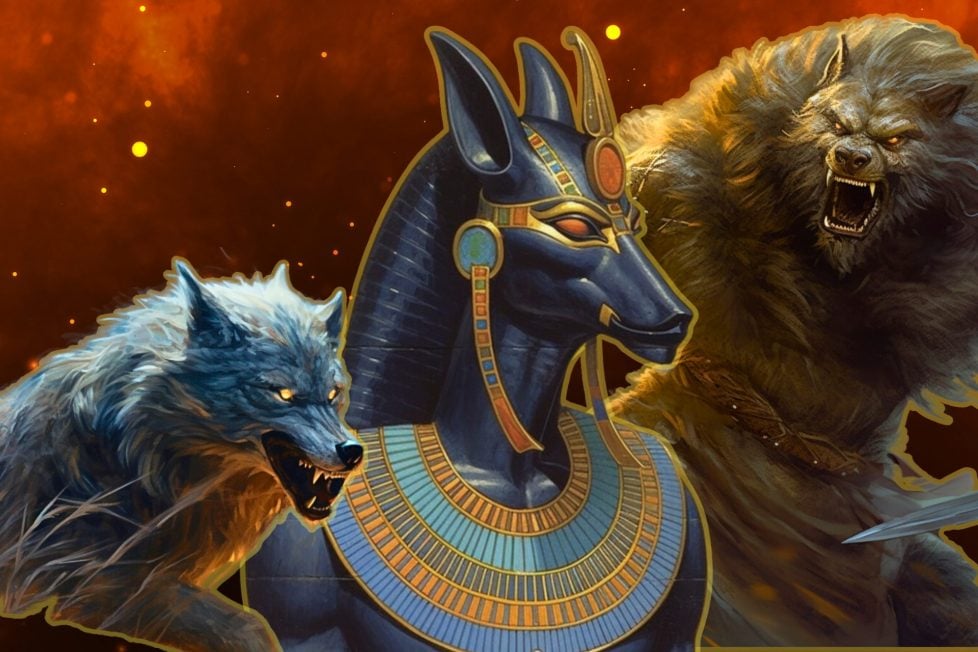
From ancient Egypt to Scandinavia, canine myths are found in many different cultures.

Table of Contents
ToggleDogs have been a common aspect of cultural folklore and mythology for thousands of years. Humans first domesticated dogs tens of thousands of years ago, and have been living with them ever since. Many cultures have kept them for hunting, as protectors, and as pets, so it’s pretty obvious why man’s best friend has become such a big part of mythology.
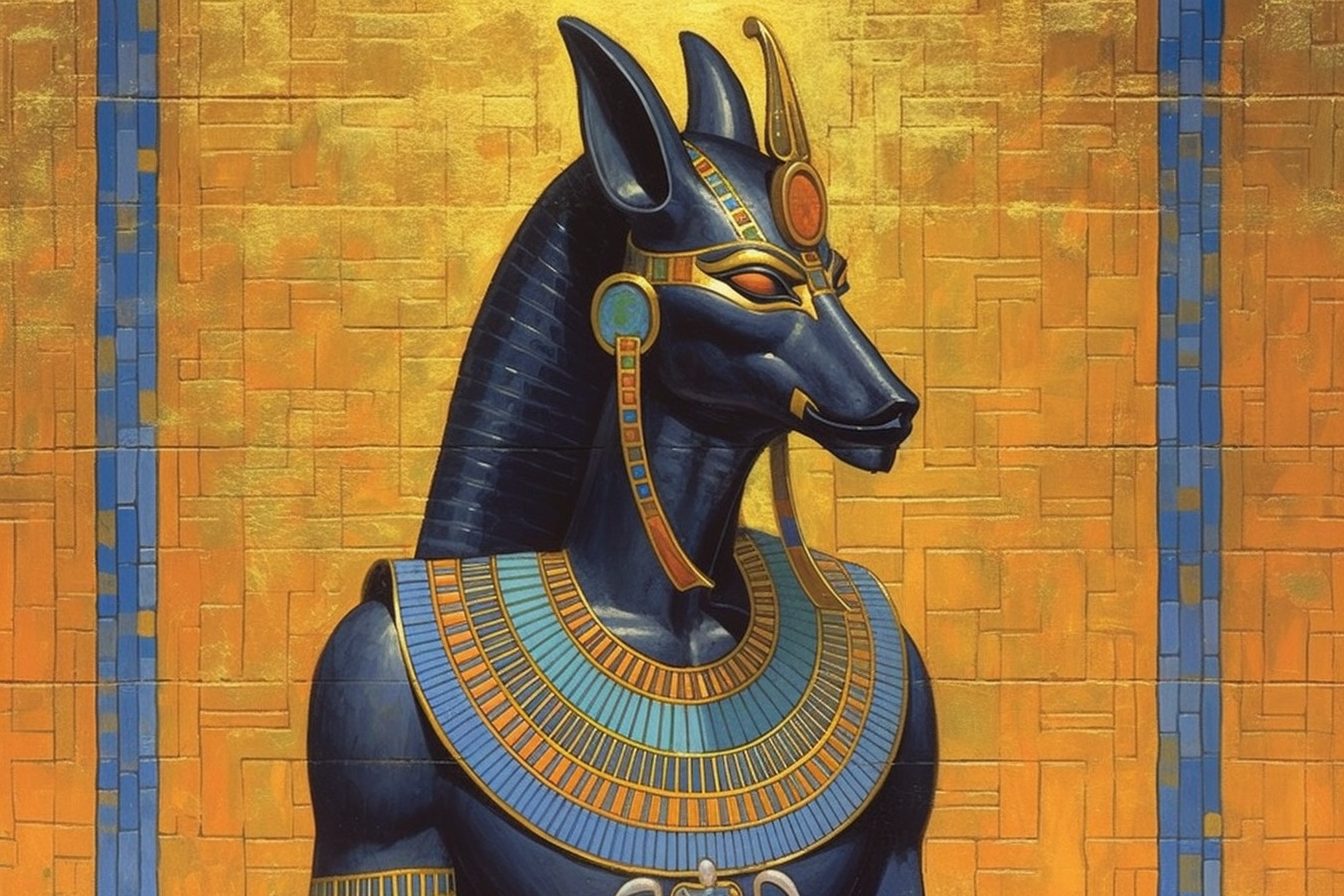
While cats usually come to mind when thinking of Ancient Egypt, dogs were a prominent part of their lives as well. Anubis, the god of death, bore the head of a jackal. Jackals are a type of wild dog native to Africa, and they are well known eaters of dead animals. Such carrion eaters are a vital part of the ecosystem, and the ancient Egyptians recognized the role of jackals in the ongoing cycle of life and death.
Hence the presence in their pantheon of the Death Dogs, gods with heads of jackals just like their boss, Anubis. The addition of gods like Anubis to the Egyptian pantheon, which changed and evolved over thousands of years, is unclear, but likely started sometime around 5,200 – 3,100 BC. The Death Dogs thus have an extremely long history, even by Egyptian standards.
Though Anubis is one of the better known of the Death Dogs, also known by those who study such matters as Jackal Gods, he was not the only one. He was often assisted by the likes of Wepwawet and Duamutef, as well as others who existed as regional gods of reverence over the centuries.
Duamutef was also a protector, but his job was to guard the jars holding the internal organs of the mummified dead, called canopic jars. His job was considered very important, and he was one of the four sons of Horus, the falcon headed god of war and sky.
Wepwawet’s name roughly translates to “Opener of the Ways”. His job was to help lead the recently deceased through a perilous journey along the afterlife to face final judgment. He often worked closely with Anubis and was revered even by the ancient Greeks and Romans who conquered Egypt.
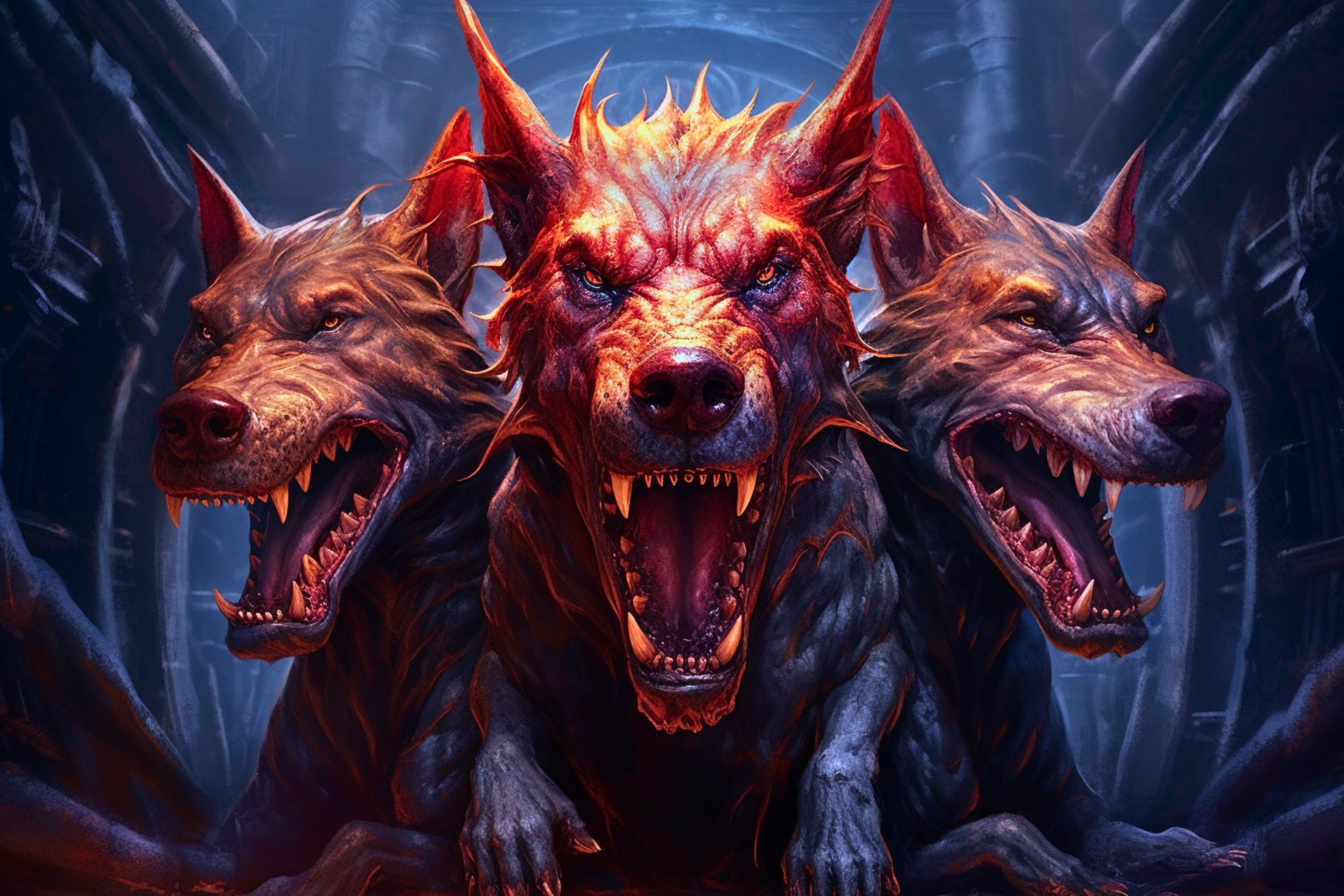
Speaking of the Ancient Greeks, dogs featured prominently in their mythology as well. Perhaps one of the more well known instances is the three headed dog Cerberus, who guarded the gates of the underworld for the god of the dead, Hades. Depicted with three heads, a mane of snakes, a snake’s head for a tail, and talons like a lion, Cerberus, or Kerberos to use the Greek spelling, was a very good and loyal dog. His name, roughly translated, means Spot.
That’s right, Hades, Lord of the Underworld and well remembered for being voiced by James Woods, named his dog Spot. A more direct translation can mean Darkness, which is often a euphemism for death. Hades loved his dog so much that, when Hercules –Herakles in Greek– arrived to capture the dog for one of his famous Twelve Labors, Hades made the Greek hero swear not to hurt his beloved pet.
Hades wasn’t the only Greek god with a pet pooch, either. Ares, the Greek god of war, had two very loyal pet dogs, Deimos and Phobos. If these names sound familiar, it’s because they are the moons of Mars, which is the Roman name for the Greek god of war.
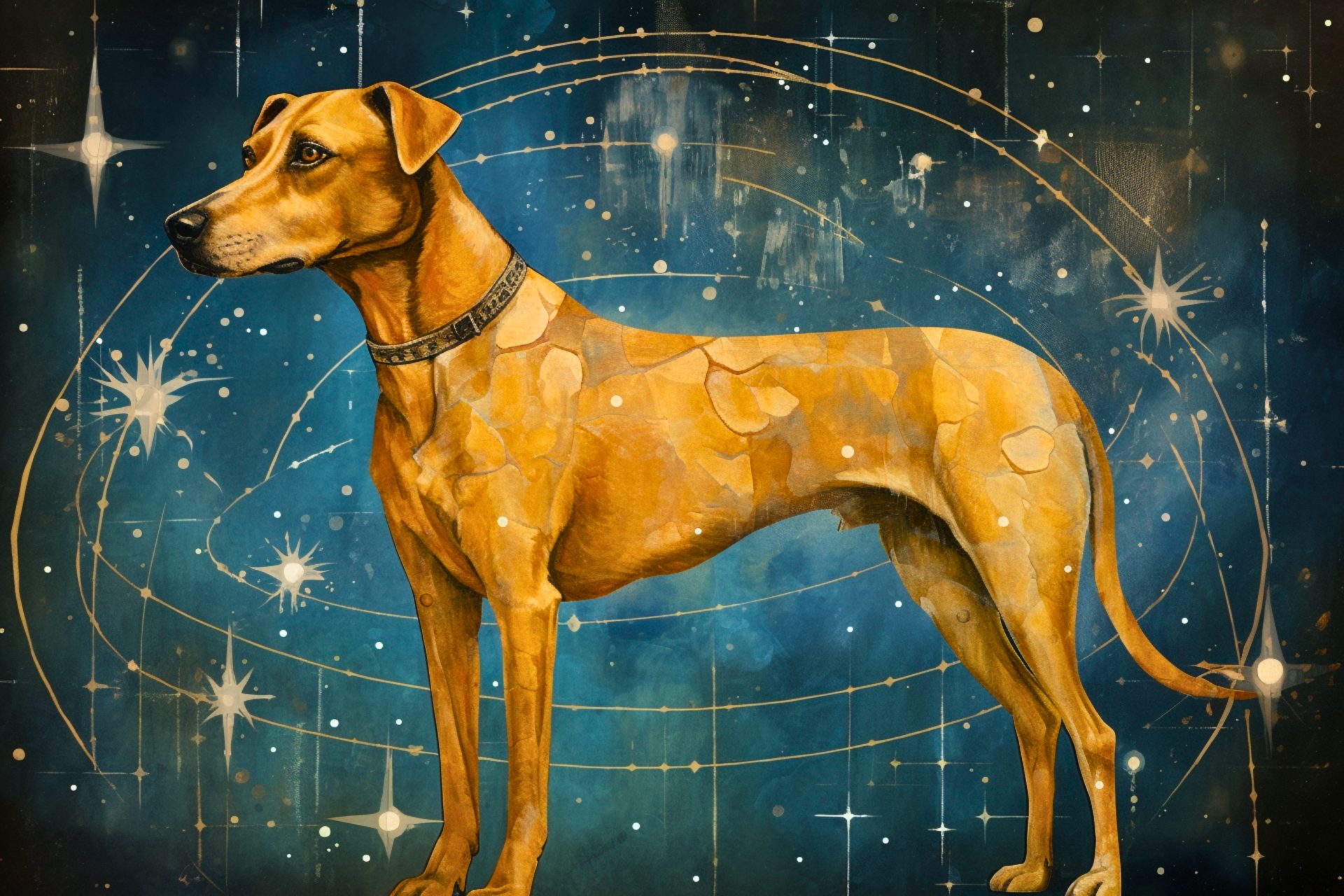
Zeus, the leader of the Greek gods, had a pet dog, too. Known as the Golden Dog, Kyôn Khryseos in Greek and Cyon Chryseus in Latin, he was tasked to guard the infant Zeus as he grew. Zeus rewarded the dog by making him a constellation, Canis Major. In some stories, the dog was given to the goddess Europa.
While the ancient western mythologies are relatively well known, the folklore of other areas of the world may not be as well understood. Take Indian mythology for example. For many people, the first thing that would probably come to mind as being associated with that culture would be elephants. Nevertheless, the ancient peoples of India were also fond of dogs.
Hinduism acknowledges the loyalty and companionship of dogs. An excellent example of this is Tihar, a five day festival meant to honor dogs celebrated in various parts of the regions in and around India.
The celebration is in many ways meant to worship the gods related to death. Dogs are part of this celebration, as they are closely related to the god of death, Yamaraja. Dogs are said to guard his home, because that’s what dogs do. They are also said to serve as guardians for those who have died and are crossing the River of Death.
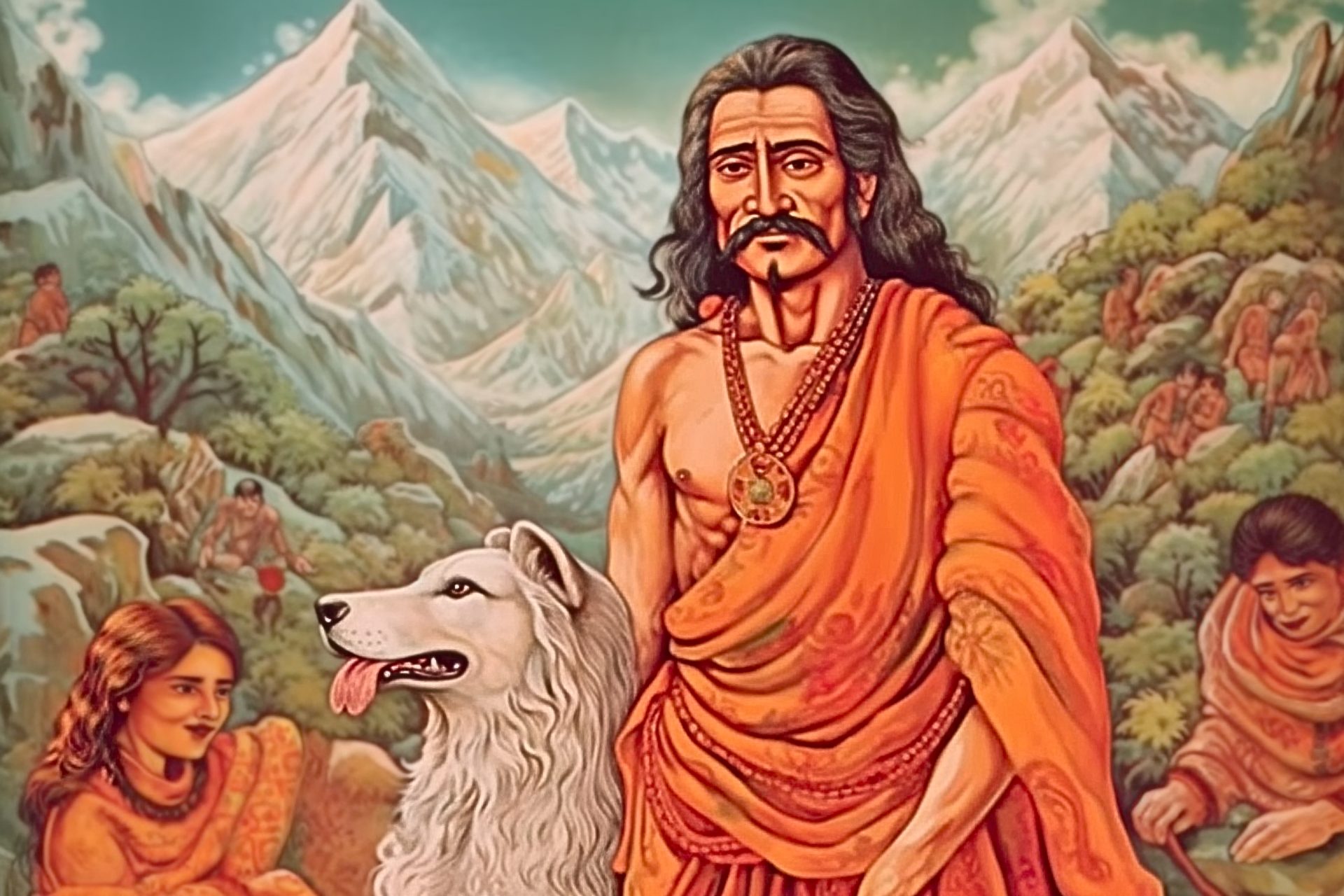
There is also a story in Hindu mythology regarding a dog and what a good boy he was. The story goes that following a holiday, a man named Yudhisthira, his brothers, and the queen of a kingdom stated their intentions to give up the throne and ascend to heaven.
Yudhisthira led the party to the Himalayas. Along the way the group encountered a dog, who joined them on their trip. As the party started to climb the mountains, dog included, members started to die, until only Yudhisthira and the dog remained. Together, the two reached the summit.
It was here that Indra, the king of the heavens, appeared in a chariot to invite Yudhisthira to join him. Though he was assured that he would be rejoined by his brothers, when Yudhisthira asked if the dog could come as well, Indra refused. Not wanting to leave the loyal animal, Yudhisthira decided to stay.
The dog then transformed into another god, who praised Yudhisthira for his loyalty and encouraged him to ascend with Indra, which the former king did, proving himself worthy of the trip as well as extolling loyalty and devotion to others, be they human or animal.
Speaking of Indra, he had a dog, too. Said dog was called Sarama, and her story is perhaps one of the earliest recordings of a dog in Hindu writing. The story tells of Sarama being sent by Indra to retrieve a herd of captured cows. The story is meant to serve as a tale of love, devotion, and compassion, which are major components of Hinduism as well as natural emotions exhibited by dogs.
Domesticated dogs are, of course, descended from wolves, who were carefully bred over generations to exhibit certain traits. Dachshunds, for example, have the shape they do because they were meant to hunt badgers.
Wolves, then, have had a place in many cultures’ myths for centuries. Sometimes, the wolves are good, and sometimes they are not. They are wild animals, of course, and, as empathic pack hunters, can act more similar to people than we might find comfortable.
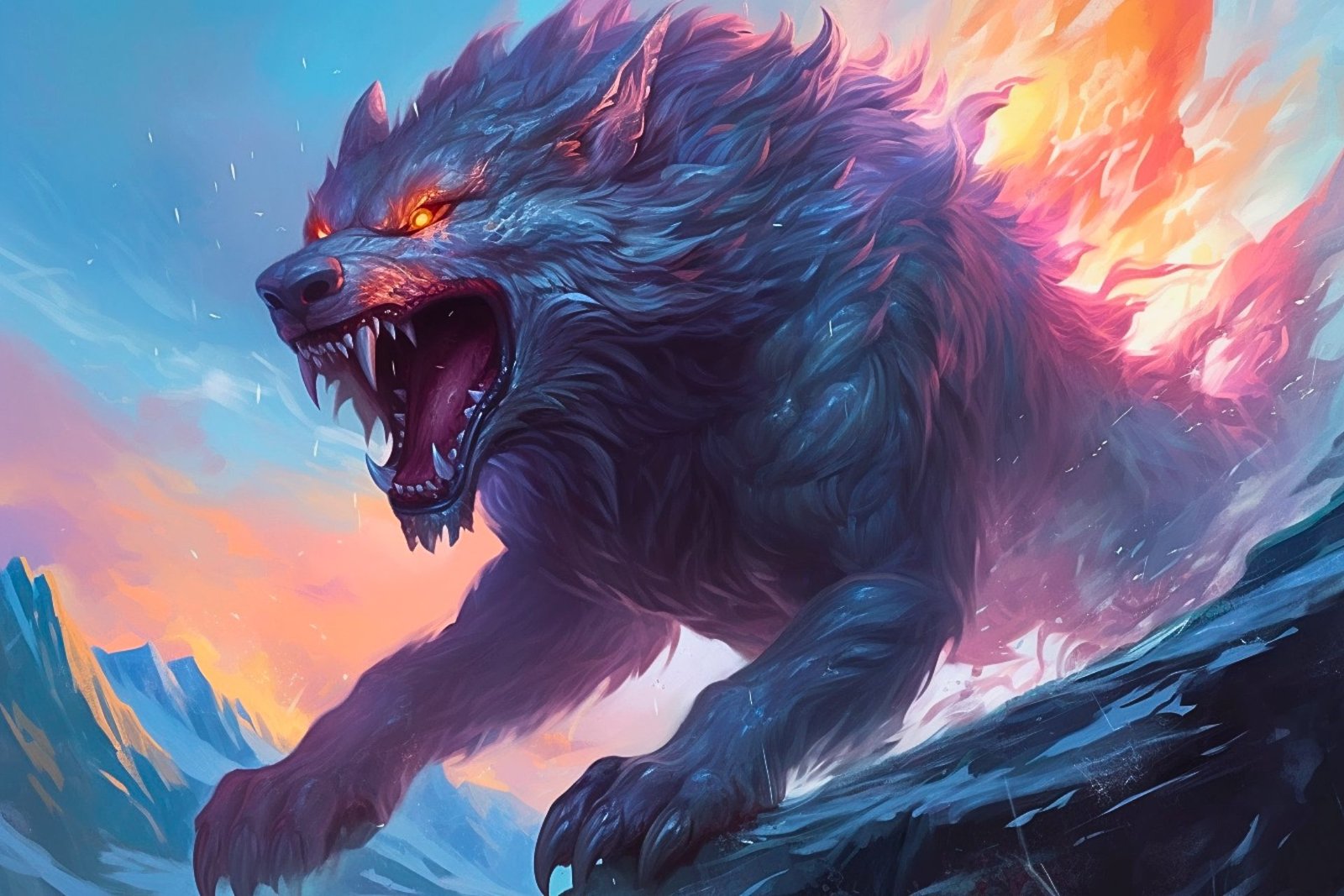
Take Fenrir, for example. A massive wolf born from the trickster god Loki and his giantess wife Angrboda, the name is a reference to marshes, which were considered foreboding, cursed places by the Norse.
Fenrir grew to be a big boy, so the gods chained him up to prevent him from causing havoc. The chains will not hold forever, though. At Ragnarok, the Norse End of Days, Fenrir will break free of his chains, swallow the moon and everything else that stands in his path, including Odin, whose sons will avenge by finally slaying Fenrir.
Generally, though, dogs were highly regarded by the Norse peoples. There is a difference between a wild wolf roaming marshes and the good boy curled by the fire, after all. This is reflected in their mythology as well.
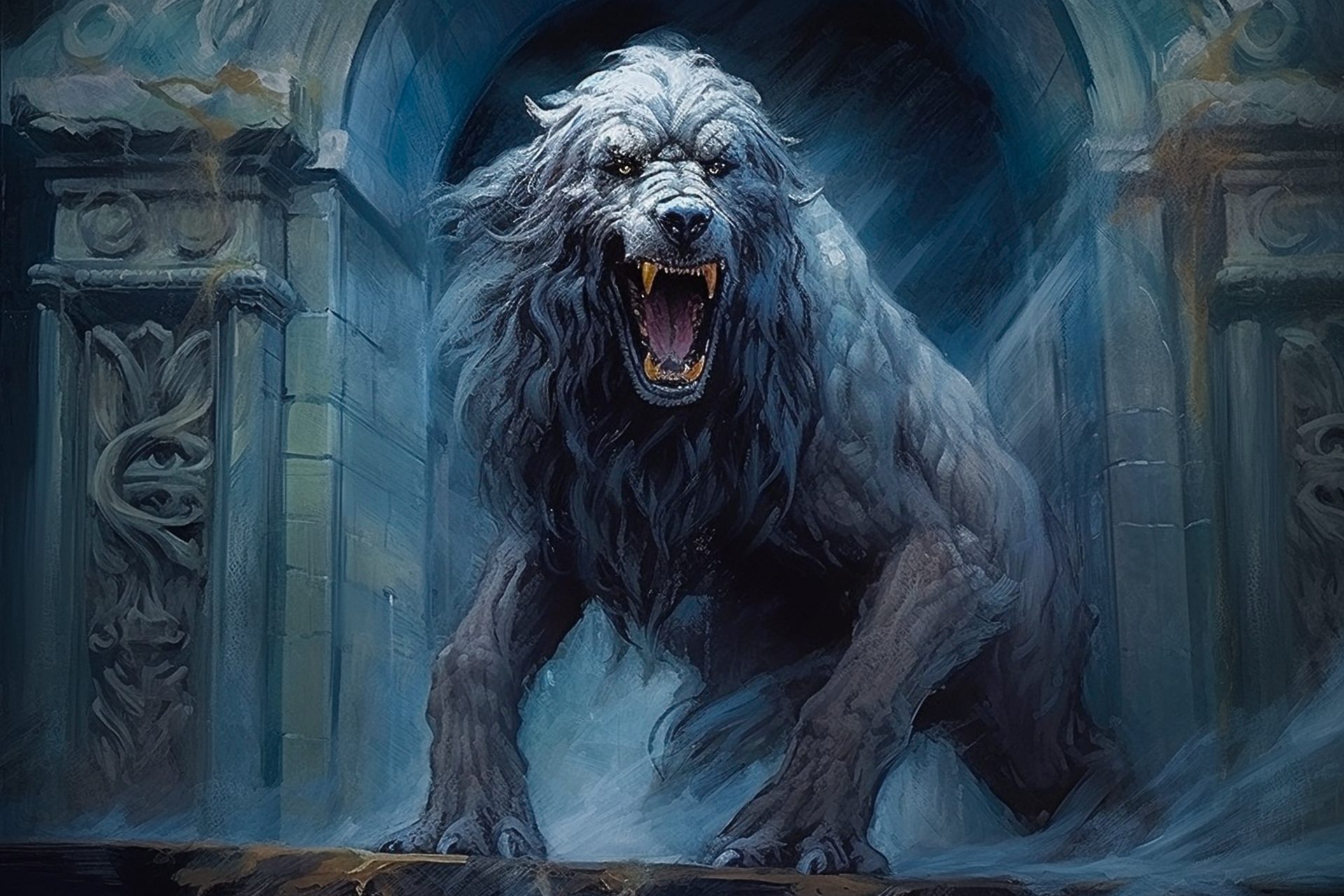
Garm, or Garmr, is an excellent example of this. His job was similar to Cerberus, in that he guarded the gates to the afterlife. No less a god than Odin himself declared Garm the “best of hounds”, which really shows how well regarded he was in folklore.
Another northern people, the Ancient Celts of Ireland, also highly regarded dogs. As a result, they appeared extremely frequently in their folklore, and were even protected under ancient laws. Along with mythological ones, actual dogs were well regarded by the Irish people, and nine modern breeds can claim descent from Irish breeding efforts.
Dogs were such an integral part of the Celtic folklore that in their language, they tended to name other animals based on dogs. Squirrels, for example, were called tree dogs.
One of the more famous legendary Celtic hounds was not a dog at all, but a man. Cú Chulainn, the Hound of Chulainn, is perhaps one of the most famous figures in ancient Celtic mythology. A famed spear wielder, he once arrived late to a party, and to cover his social failing killed one of the host’s dogs.
To make amends, he spent several years serving in the dog’s stead, which is how he earned his name. His story was epic and tragic, with him killing his own son in battle and eventually succumbing to the absurd number of oaths he swore over the years.
As for actual dogs, the famed Irish wolfhound was once considered exclusive for royalty, with only the many tribal kings of Ireland allowed to own them. In myth, there are a number of characters who were able to tame the canines of Irish folklore.
In some regions, the banshee, a wailing woman who heralded death, was replaced by a baying hound. The myth associated with the baying hound was that they waited at the entrance to the underworld to eat dying souls, and people would leave bits of bread around a dying person to appease these dogs.
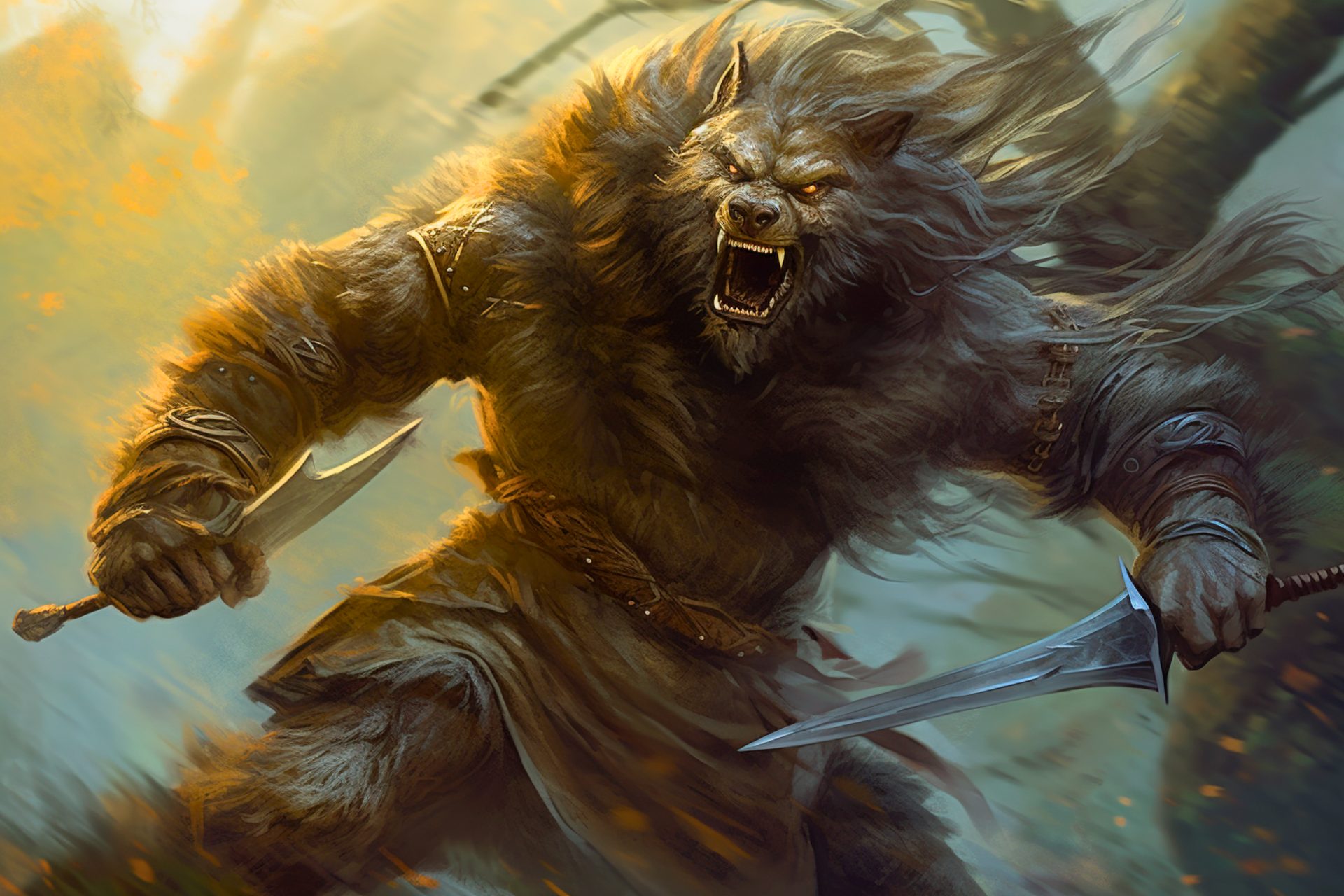
Wolves also featured prominently in Celtic mythology, and their folklore includes one of many examples of a werewolf. Both admiring and fearing these predators, the ancient Celts often associated wolves with shape shifting, which helps explain the belief in werewolves. It was not uncommon for Celtic warriors to claim descent from wolves, which would be conceivable with a shape shifting wolf creature for a parent.
The woodland god of the Celts, Cernunnos, was often depicted with a wolf and a stag, showing the circle of life in the hunt of predator and prey. Many other Celtic gods were depicted with wolves or could shapeshift into wolves.
The goddess of war and death, Morrigan, appears in the tails of Cú Chulainn, as she could assume the form of a red wolf and desired the mighty Celtic hero. Wolves’ association with the moon is also noted by these ancient peoples, as the Welsh moon goddess Cerridwen was often accompanied by them.
The link between people, nature, and life beyond death were all represented by wolves, and the ancient Celts were not the only culture to make these links to the ancestors of man’s best friend.
The ancient Germanic peoples of Central Europe revered and feared wolves as well. In many traditions, it was considered good luck to come across a wolf on one’s journey. Generally, wolves will leave people alone if they were well-fed and not threatened.
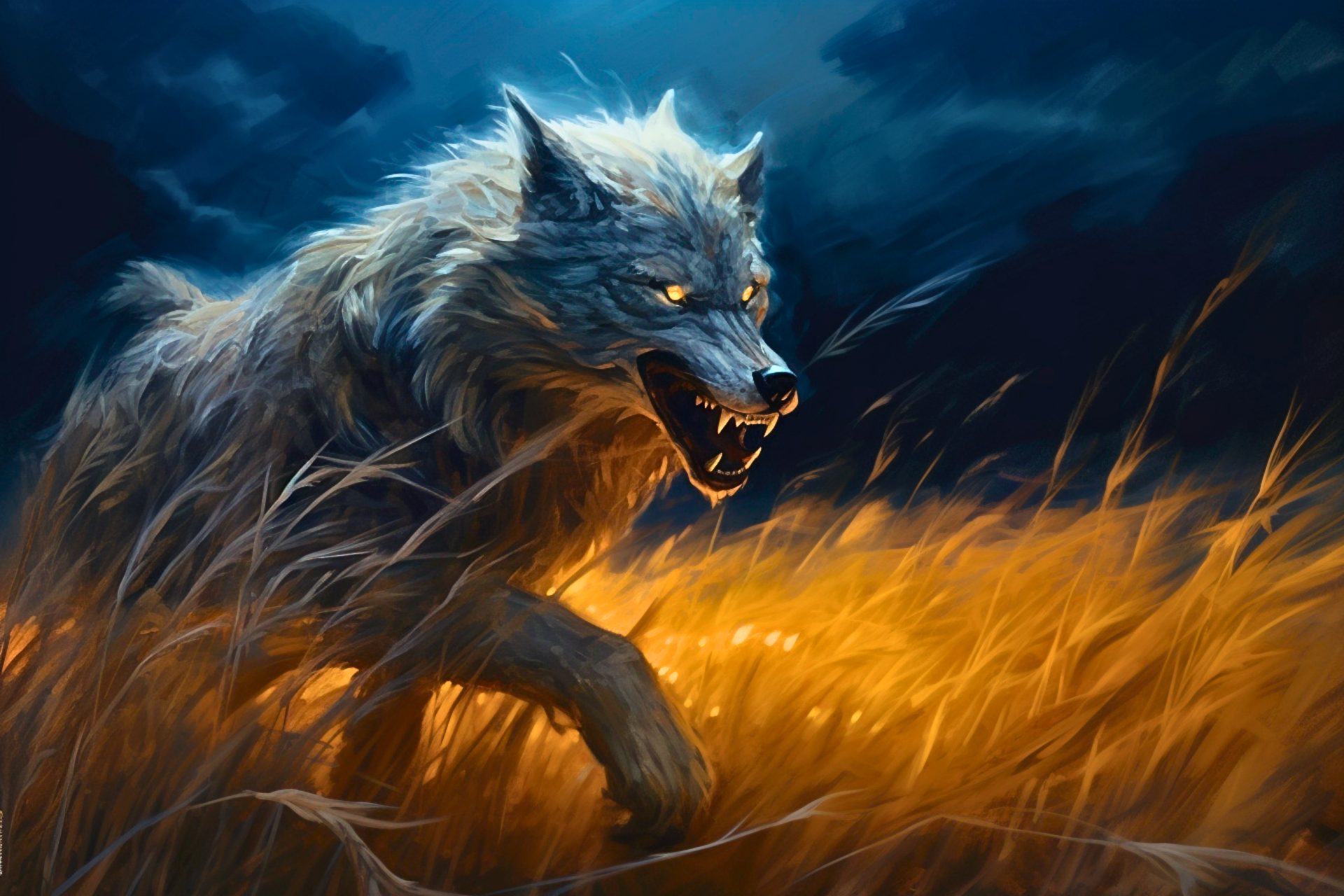
Some wolves, according to the ancient Germans, were not so friendly. These wolf spirits are a type of fairy that belong to a group known as Feldgeister, or field spirits. These fairies can be vicious or friendly, depending. Grain wolves, one of several types of wolf-like fairies, are said to roam fields in search of children to consume.
Like the ancient Celts and other cultures, the Germans of old also believed in werewolves. One became a werewolf by obtaining a wolf strap, or belt. These belts would bestow the form of a wolf to a wearer, at great risk to the user, of course.
Those who made such a deal often did so for food. As an area of great warfare and strife in the earliest days of Europe, becoming a werewolf allowed one to hunt more easily. There are many stories in Germanic folklore of people becoming a werewolf for various reasons.
One such example is the brief story of a witch who became a wolf to obtain a farmer’s cows. The farmer ran across the werewolf, and, concerned it might be his wife, called out to her. the witch returned to her human form, but her long red hair and yellow eyes remained wolfish.
Such stories demonstrate how deeply the beliefs in werewolves and fairies remained a part of people’s cultures. Even as Christianity supplanted local pagan gods, such folklore and stories remained and adapted as cultures changed and developed.
Much like black cats have a place in stories, so too do black dogs. These mythological creatures are considered bad omens and bringers of death, and though many cultures feature them in their folklore, the British Isles are especially rife with such stories.
The Moddey Dhoo from the Isle of Man is an excellent example. Described as a massive black cocker spaniel, this shaggy creature roamed Castle Peel. While it never bothered the guards, they always locked the gates at night, always doing so in pairs, just in case.
One day, the story goes, a drunk guard entered a passageway frequently haunted by the Dhoo. The guard ran from the passage screaming, too terrified to speak and dying three days later, even though he had not a scratch on him.
The Barghest of northern England is also said to be an omen of death, with anyone seeing it dying in a matter of months. The creature has a goblin-like appearance along with its large, black dog shape, and cannot cross rivers according to some legends.
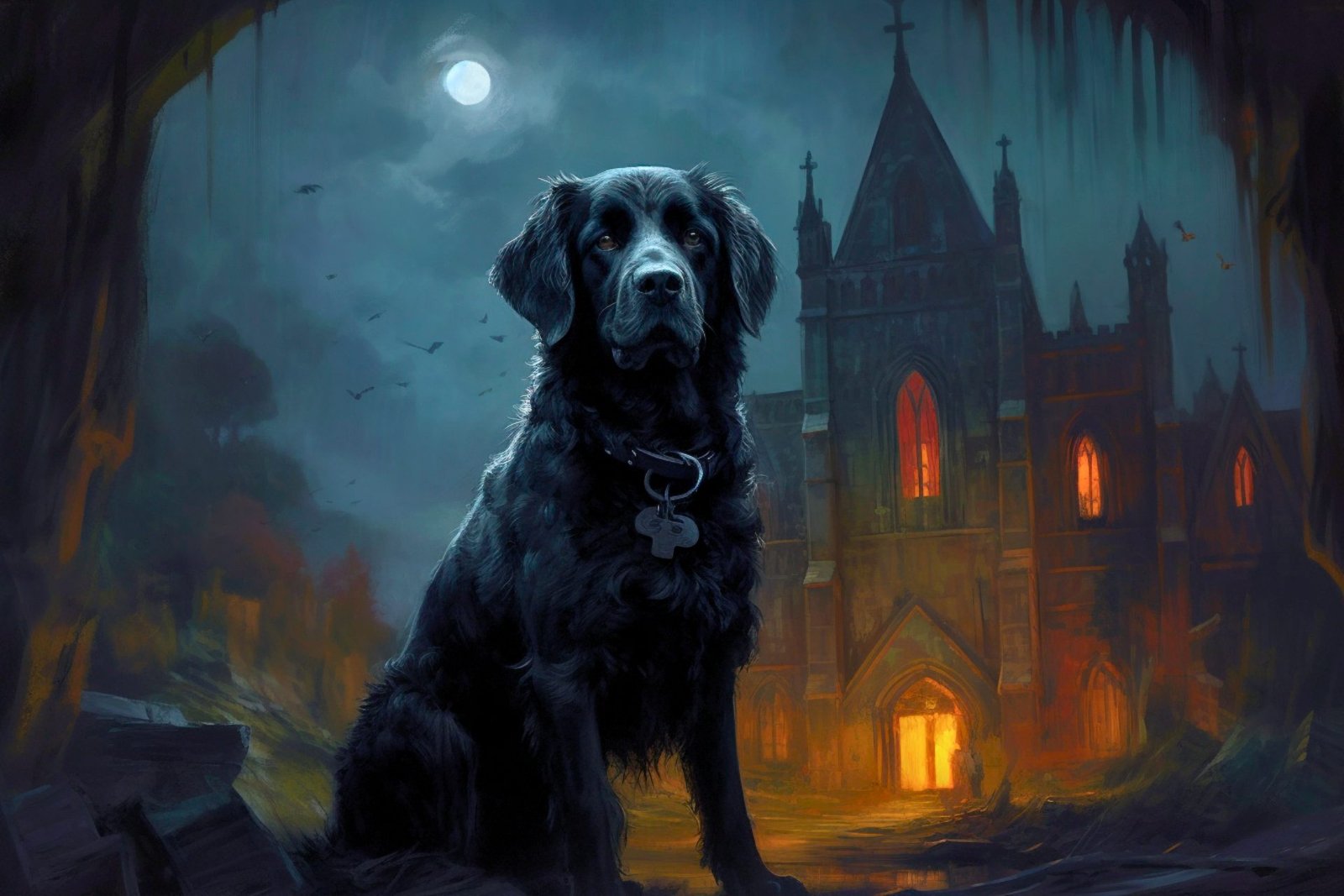
In contrast, the Church Grim dogs of English, Scottish, and Scandinavian lore are very good boys. These dogs guard and protect holy sites from heretics and sacrilege, keeping witches and the Devil at bay.
The Black Dog of Hanging Hills in Connecticut is a very different breed from most black dogs. The dog is described as being very small. Those who see the dog once are said to have good luck. A second sighting is not encouraged, though, as a third sighting means certain death.
Dogs and wolves have a long held place in many cultures’ mythologies, folklore, and religion. From the earliest civilizations along rivers of the Old World into modern times, man’s best friend and their ancestors are never far from our minds and hearts.
Sometimes, they are also not far from our fears. From humanity’s discomfort at our own mortality, to the desire for protection, love, and companionship, the dogs of our folklore are often close. Whether it’s to herald someone’s death or to protect them in life, depends largely on the stories and culture involved.
As social creatures, dogs are more like people than we think. Humans, too, are closer to our animal natures than we like to admit. Perhaps that is why stories of werewolves and shape shifting dogs are found in so many cultures.
